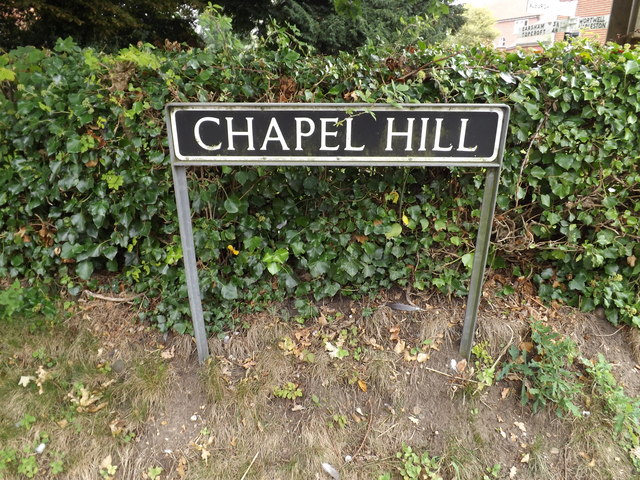We were perusing the public Chapel Hill Town Council email inbox – some of us like to live dangerously – when we came across two strange little emails. The first, sent in May 2022, was from one of CHALT’s current leaders. A paragraph:
I have several ideas for legal/policy changes the Council could make, that have been tried in other locales. Instead of imposing the costs of increasing affordable housing on every other objective, why doesn’t the Council initiate some new ideas of its own? For example, both Minneapolis and St. Paul are trying rent control to attack the affordable housing problem. You would have to ally with some other localities to lobby the state legislature for rent control authority, but why not try? Raleigh and Vancouver, B.C., have rezoned single family neighborhoods so that duplexes, triplexes, and condos can be mixed into existing neighborhoods. This concept is often called gentle density. Why not try this? Why not have consultants and staff suggest similar ideas that might be enacted?
Rent control is banned by the NC State Legislature, so that’s unfortunately a no-go right now in Chapel Hill – but the CHALT leader appears to have spent the second part of her paragraph advocating for missing middle housing.
A month later? Another letter to the Town from a different CHALT leader. A paragraph:
While there is the need to transform older neighborhoods by increasing density to accommodate a large number of people, the amount of density and the architectural design of new buildings should be compatible with those of the existing community while allowing for a variety of housing types.
Again, this letter appears to advocate for exactly what the town has proposed in their housing choices amendment: to keep all of the design stuff the same, and to allow for slightly more families to occupy a lot.
So we were somewhat flummoxed to realize that both of these “advocates” of gentle density signed the recent wackadoodle petition against missing middle housing that isn’t based on any research but just good old gut feeling that Chapel Hill shouldn’t change.
Whatever could be going on?
This is something we see a lot. Call it: the ongoing hypocrisy of CHALT. (CHALT stands for Chapel Hill Alliance for a Livable Town – they have, in practice, opposed every effort to create policies to help other people lead lower-carbon lives.)
Take, for example, light rail and the bus-rapid transit. When CHALT was totally against light rail, they played up the promise of bus-rapid transit as a sensible alternative. Once light rail was killed, crickets. (Maybe they realized that bus-rapid transit usually gets funded when there are plans to have people live near it?)
It happened with Blue Hill. Many members of CHALT don’t like taller buildings. They repeated – many times – that the new apartments that house many of our graduate students and medical residents shouldn’t be built, because they would be a tax burden on our town. When we did the math and found out that they most certainly do pay for themselves – many times over, in fact — crickets.
It’s happening right now in some of Chapel Hill’s most expensive neighborhoods, where trees are being clear-cut on multiple lots for huge expensive single-family homes. We hear cries of the Lorax when infill apartments replacing parking lots and on transit lines go up, but none for these large estates that do nothing to help shift us, long-term, to a lower-carbon lifestyle. Crickets.
Just be honest: You want to live in a college town, with all of the amenities that come along with it, but without students. Yuck!
We wish CHALT would just be honest, as they are sometimes on their private listserv. They want to keep Chapel Hill exactly as it is, even if the way Chapel Hill is currently set up — exurban sprawl – is terrible for the environment. Some of them are landlords, and they want to limit the number of houses so their tenants continue to pay high rents, and their house prices continue to rise.
We are homeowners who live here too, and we know that Chapel Hill’s “quirky college town” will not be lost because of denser living arrangements, but because the cool people who once occupied our town — the artists, writers, chefs, musicians — can no longer afford to do so.
Neighborhoods are aging, and streets that once were vibrant have no kids playing on them. Our kids that do live here can’t bike to school because there aren’t safe ways to do so. People are commuting to UNC from further and further out. Every week, there are posts on the Chapel Hill Mothers’ Club from people losing their current housing. We see teachers commuting an hour. We know graduate students using food pantries.
Is that a livable town? For who?
This piece was written by Melody Kramer, Martin Johnson, with some assistance by Stephen Whitlow.

